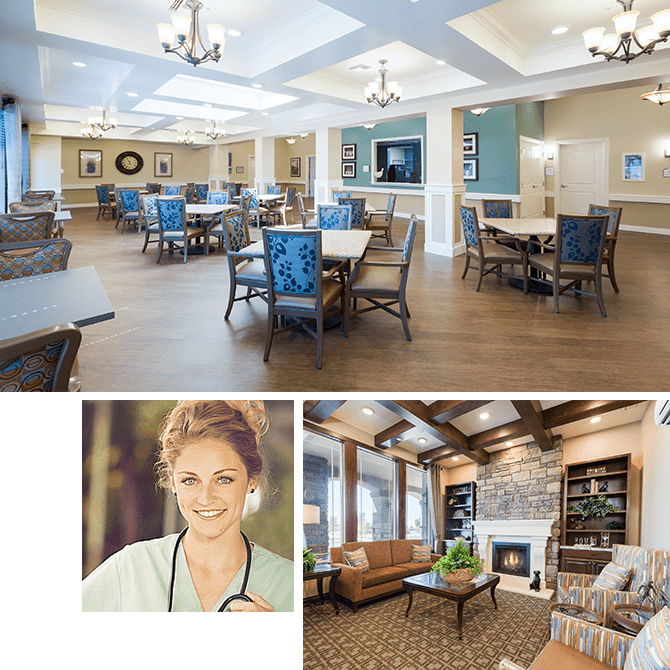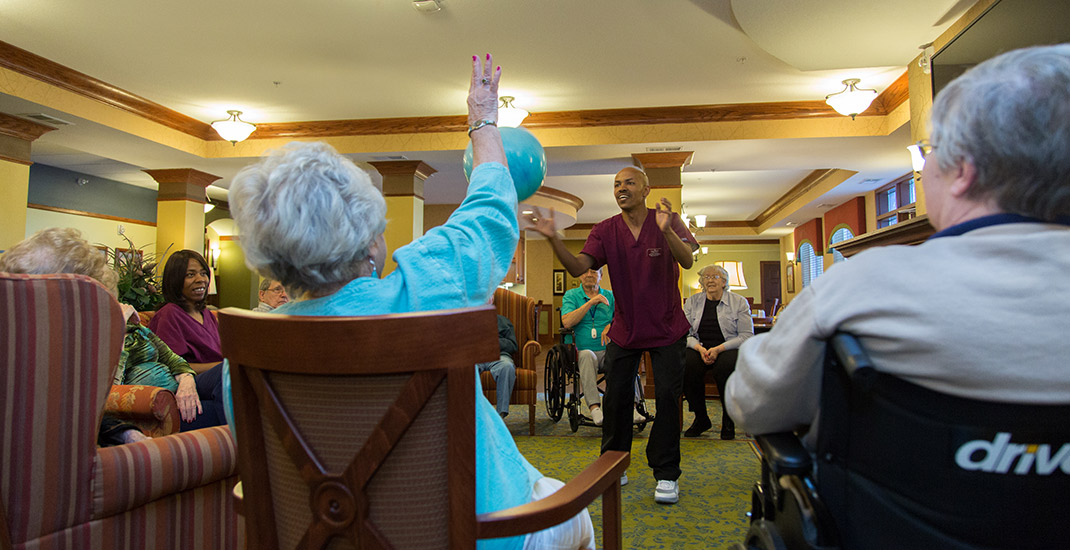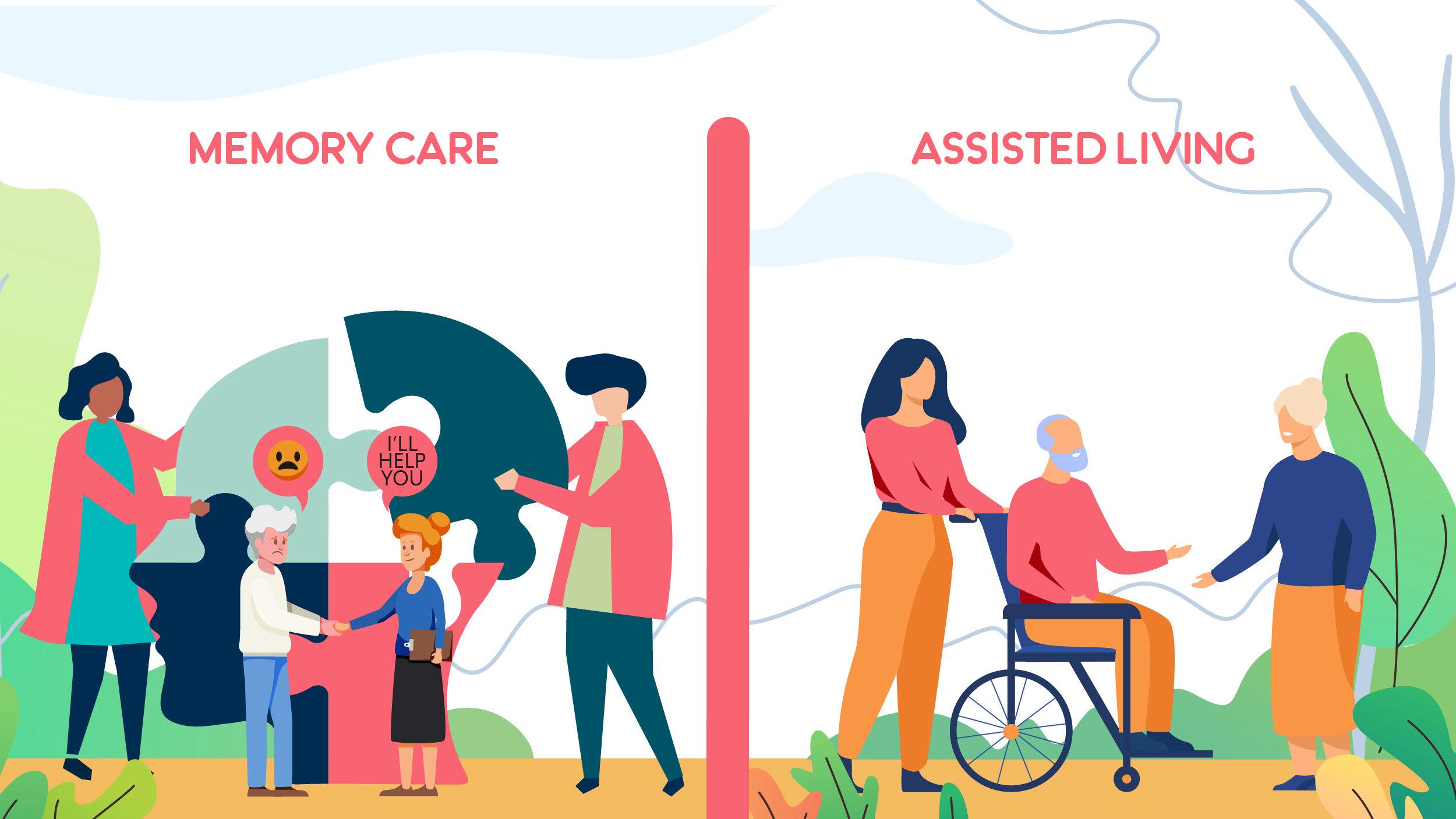Premier Charlotte Memory Care: Specialized Elder Care Solutions
Premier Charlotte Memory Care: Specialized Elder Care Solutions
Blog Article
Producing a Safe and Encouraging Setting: In-Home Memory Care Fundamentals
Developing a caring and safe environment for individuals calling for at home memory care is extremely important to their wellness and quality of life. From guaranteeing safety within the living space to using reliable communication techniques and carrying out memory-friendly layout components, there are crucial elements that add to an all natural care strategy. By concentrating on producing an encouraging community that satisfies the unique demands of those with memory impairments, caretakers can dramatically improve the daily experiences of their loved ones.

Safe Living Setting
Creating a safe and hazard-free living setting is vital when offering at home memory treatment for people with cognitive impairments. Guaranteeing the security of the individual with memory loss is vital to prevent accidents and advertise a feeling of well-being.
Furthermore, it is very important to install safety and security features such as grab bars in restrooms and handrails along staircases to supply support and prevent crashes. In addition, utilizing modern technology such as motion sensing units and alarms can notify caregivers if the private wanders or is in distress. Producing a safe living atmosphere additionally includes executing strategies to avoid straying, such as using door alarms or locks to limit access to dangerous locations. By prioritizing precaution and removing potential hazards, caretakers can offer a helpful and protected environment for people with cognitive disabilities obtaining at home memory care.
Effective Interaction Approaches
Applying tailored interaction methods is essential in promoting meaningful communications with individuals with cognitive disabilities in the context of in-home memory treatment. Efficient communication plays a vital role in creating an encouraging setting that enhances the wellness and high quality of life for individuals with memory concerns. When connecting with a person experiencing cognitive decrease, it is essential to use clear and straightforward language, preserve a calm and positive tone, and offer aesthetic signs to help comprehension.
One key approach is to exercise active listening, showing compassion, persistence, and regard throughout discussions. Non-verbal cues such as face expressions and body movement can additionally help communicate understanding and support. In addition, utilizing reminiscence therapy by reviewing past experiences or using songs and art can use long-term memories, sparking connections and promoting involvement.
In addition, integrating routine routines and constant interaction patterns can supply a feeling of experience and safety for individuals with memory impairments. By executing these communication strategies, caretakers can establish meaningful connections and advertise a sense of convenience and rely on the in-home memory treatment setting.
Memory-Friendly Layout
Provided the significance of developing a supportive environment for individuals with memory issues via efficient communication methods, the unification of memory-friendly layout aspects in the space ends up being crucial in optimizing their day-to-day experiences and total health. Memory-friendly layout concentrates on enhancing safety, convenience, and self-reliance for individuals with cognitive impairments. Straightforward alterations can make a substantial difference, such as using contrasting shades to enhance visibility and reduce confusion, including clear signs to help navigation, and reducing mess to stop sensory overload.
Including familiar elements from the individual's past, such as favorite products or personal photos, can evoke favorable memories and develop a sense of experience. Additionally, ensuring ample lighting levels, setting up grab bars in bathrooms, and carrying out non-slip floor covering can aid protect against drops and injuries. Producing a calming and comforting environment through making use of familiar scents, soft structures, and tranquil audios can likewise advertise leisure and reduce agitation. By incorporating these memory-friendly style components, caregivers can provide a supportive and risk-free home that allows individuals with memory concerns to preserve their independence and lifestyle.
Daily Routine Preparation
When developing an everyday routine for people with memory concerns, cautious planning is crucial to support their cognitive feature and overall health. Establishing a structured routine can aid decrease disorientation, anxiousness, and complication frequently experienced by those with memory impairments.
Flexibility is key, as some days might call for modifications based on the person's state of mind and power levels. Regularly evaluating and adapting the everyday schedule will certainly aid guarantee its effectiveness in advertising a comforting and favorable environment for individuals with memory difficulties.
Support Group Execution
Establishing a robust network of helpful individuals plays a crucial function in improving the high quality of treatment and wellness for people calling for memory assistance. Relative, good friends, medical care experts, and community sources can all add to developing a solid support group. Communication among these people is necessary to make certain that the requirements of the specific with memory challenges are satisfied effectively.
Relative are frequently the key caretakers and create the backbone of the support group. They provide everyday treatment, emotional assistance, and companionship. It is critical for relative to look for aid and respite when needed to stop burnout and make sure the very best possible take care of their liked one.
In enhancement to family support, involving health care experts such as specialists, medical professionals, and nurses can supply specialized treatment and support. These professionals can provide valuable insights, medical suggestions, and aid in handling the person's problem.

Conclusion
Finally, producing a supportive and risk-free setting for individuals with memory treatment needs is crucial for their well-being. By developing a safe living atmosphere, utilizing effective communication approaches, integrating content memory-friendly design elements, preparing everyday regimens, and applying a solid support group, caretakers can help improve the lifestyle for those with memory loss. These essential elements collaborate to produce a nurturing and equipping environment that promotes independence and enhances general top quality of life.
Producing a hazard-free and secure living environment is critical when providing in-home memory treatment for individuals with cognitive problems. By prioritizing safety measures and eliminating possible hazards, caregivers can provide a safe and secure and helpful setting for individuals with cognitive impairments receiving at home memory treatment.
Developing a robust network of helpful people plays an essential function in improving the high quality of treatment and wellness for people needing memory assistance - Charlotte Memory Care. Communication amongst these individuals is important to ensure that the demands of the specific with memory obstacles are satisfied properly

Report this page